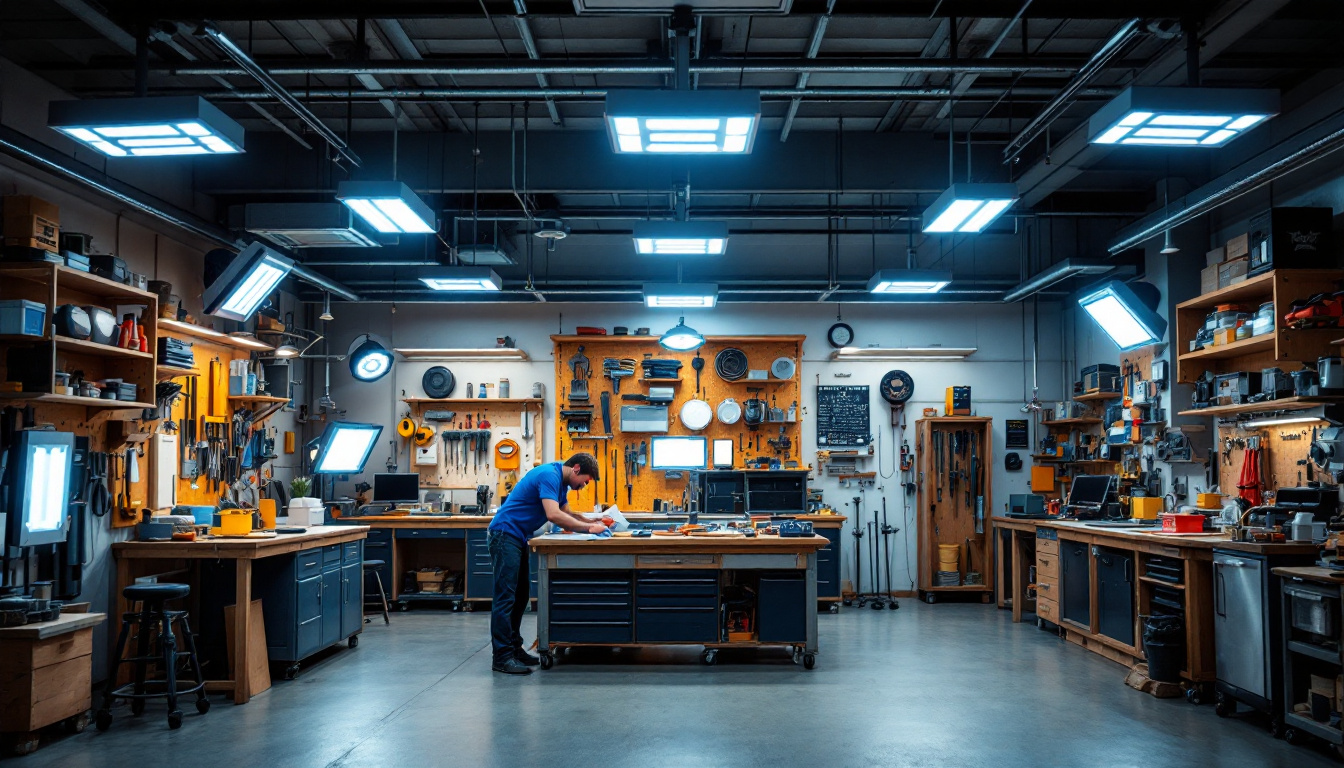
In the realm of commercial and residential lighting, LED shop lights have emerged as a popular choice among contractors and homeowners alike. Their energy efficiency, longevity, and versatility make them an ideal option for various applications, from garages to workshops and retail spaces. However, navigating the selection and installation of LED shop lights can be fraught with challenges. This guide aims to illuminate the common pitfalls that lighting contractors may encounter when working with LED shop lights from Lowes, ensuring a successful installation and satisfied clients.
One of the standout features of LED shop lights is their impressive lifespan, often exceeding 50,000 hours, which significantly reduces the need for frequent replacements. This longevity not only contributes to lower maintenance costs but also minimizes waste, making LED lights a more environmentally friendly option. Furthermore, the ability to choose from various color temperatures allows users to create the perfect ambiance for their space, whether they prefer the warm glow of a traditional bulb or the bright, crisp light that enhances visibility in work areas. Additionally, many LED shop lights come equipped with advanced features such as dimming capabilities and smart technology integration, allowing for greater control over lighting conditions and energy consumption.
When selecting LED shop lights, contractors should also consider factors such as lumens output, beam angle, and fixture design to ensure optimal performance for their specific needs. For instance, a higher lumen output is essential in spaces requiring bright, focused light, while a wider beam angle can provide more uniform illumination across larger areas. Moreover, the design of the fixture itself can influence both aesthetics and functionality; options range from sleek, modern designs to more traditional styles that can complement the existing decor. By carefully evaluating these aspects, contractors can make informed decisions that not only enhance the quality of light but also elevate the overall appeal of the space being illuminated.
Before diving into the specifics of shop lights, it is essential to grasp the fundamentals of LED technology. Light Emitting Diodes (LEDs) operate differently than traditional incandescent or fluorescent bulbs. They produce light through electroluminescence, which is the process of converting electrical energy directly into light energy.
This technology not only contributes to energy savings but also offers a range of color temperatures and brightness levels, allowing for customized lighting solutions. Understanding these characteristics is crucial for contractors when recommending products to clients. For instance, the ability to choose between warm white and cool white light can significantly affect the ambiance of a space, influencing everything from productivity in a workshop to the mood in a retail environment.
One of the most significant advantages of LED shop lights is their energy efficiency. Compared to traditional lighting solutions, LED lights consume significantly less power for the same amount of light output. This efficiency translates to lower electricity bills and a reduced carbon footprint, making them an attractive choice for environmentally conscious clients.
When discussing energy efficiency with clients, it is vital to highlight the potential savings over time. Although the initial investment may be higher than traditional lighting, the long-term benefits often outweigh the upfront costs. Additionally, many local governments and utility companies offer rebates or incentives for upgrading to energy-efficient lighting, further enhancing the financial appeal of LED solutions. By presenting these options, contractors can help clients make informed decisions that align with both their budget and sustainability goals.
LED shop lights are known for their impressive lifespan, often lasting up to 25,000 hours or more. This longevity means fewer replacements and reduced maintenance costs, which is particularly appealing for commercial applications where downtime can be costly.
Contractors should emphasize this aspect to clients, as it can significantly impact their overall satisfaction with the lighting solution. Additionally, understanding the warranty and lifespan of specific products can help contractors make informed recommendations. Furthermore, the durability of LED lights often means they are less susceptible to breakage and can withstand harsher conditions, making them ideal for industrial or outdoor settings. This resilience not only enhances safety but also ensures that the lighting remains consistent and reliable, which is crucial for maintaining productivity in any workspace.
With a plethora of options available, selecting the right LED shop lights can be daunting. Factors such as brightness, color temperature, and design must be considered to ensure that the lights meet the needs of the space.
When choosing LED shop lights, brightness is a critical factor. Unlike traditional bulbs measured in watts, LED lights are rated in lumens. Understanding the required lumens for a specific application is essential for achieving optimal lighting conditions.
For instance, a workshop may require around 300-500 lumens per square meter, while a retail space may need even more to highlight products effectively. Contractors should evaluate the intended use of the space and recommend products accordingly.
The color temperature of LED lights, measured in Kelvin (K), affects the ambiance and functionality of a space. Lower Kelvin values (around 2700K-3000K) produce warm white light, ideal for cozy environments. In contrast, higher Kelvin values (5000K and above) emit cool white light, suitable for task-oriented areas.
Contractors should guide clients in selecting the appropriate color temperature based on the specific requirements of the space. For example, a garage may benefit from cool white light for better visibility, while a retail store may opt for warm light to create an inviting atmosphere.
The design of LED shop lights can vary significantly, from slimline fixtures to high bay options. Understanding the layout and purpose of the space is crucial for selecting the right design. For instance, high bay lights are ideal for large areas with high ceilings, while flush mounts work well in smaller spaces.
Additionally, installation considerations such as mounting height and spacing must be taken into account. Proper placement ensures even light distribution, minimizing shadows and dark spots. Contractors should be prepared to assess the space and provide tailored recommendations.
Proper installation is key to maximizing the performance and longevity of LED shop lights. Following best practices can help avoid common pitfalls that may arise during the installation process.
Before installation, it is essential to assess the existing electrical infrastructure. LED lights typically require a compatible driver or transformer, and understanding the electrical load is crucial to prevent overloading circuits.
Contractors should also ensure that the wiring is up to code and capable of supporting the new lighting system. This may involve upgrading circuits or adding dedicated lines for larger installations.
Each type of LED shop light may require different mounting techniques. For instance, high bay lights often need to be suspended from the ceiling, while surface-mounted fixtures can be installed directly onto walls or ceilings.
Contractors should follow the manufacturer’s guidelines for mounting and ensure that all fixtures are securely installed. Proper alignment and spacing are also critical for achieving optimal illumination.
Even experienced lighting contractors can encounter pitfalls when working with LED shop lights. Awareness of these common issues can help ensure a smooth installation process and satisfied clients.
One of the most frequent mistakes is overlooking compatibility between LED lights and existing fixtures or dimmers. Not all LED lights are compatible with traditional dimming systems, which can lead to flickering or inadequate performance.
Contractors should verify compatibility before installation and recommend appropriate dimmers or drivers if necessary. This proactive approach can save time and frustration for both the contractor and the client.
Another common pitfall is neglecting basic lighting design principles. Proper lighting design involves more than just placing fixtures; it requires an understanding of how light interacts with the space.
Contractors should consider factors such as light layering, color rendering, and the psychological effects of light on occupants. By applying these principles, contractors can create a more functional and aesthetically pleasing environment.
Once installed, maintaining LED shop lights is essential for ensuring their longevity and optimal performance. Regular maintenance can prevent issues and extend the lifespan of the fixtures.
Dust and debris can accumulate on LED fixtures, diminishing their brightness and effectiveness. Regular cleaning is necessary to maintain optimal performance. Contractors should advise clients on appropriate cleaning methods and schedules to ensure the lights remain in top condition.
Additionally, checking for any loose connections or signs of wear can help catch potential issues before they escalate. Encouraging clients to perform routine checks can lead to a more satisfying experience with their lighting system.
As technology advances, newer and more efficient LED options may become available. Contractors should stay informed about the latest developments in LED technology and be prepared to recommend upgrades or retrofits when appropriate.
Upgrading to newer models can enhance energy efficiency, improve light quality, and provide clients with the latest features. Staying proactive in this regard can lead to repeat business and satisfied customers.
LED shop lights from Lowes offer a wealth of benefits for both contractors and clients, but navigating the selection and installation process requires careful consideration. By understanding LED technology, choosing the right products, following best installation practices, and avoiding common pitfalls, lighting contractors can ensure successful projects and satisfied customers.
Ultimately, the key to success lies in staying informed and adaptable in the ever-evolving world of lighting technology. By prioritizing quality, efficiency, and customer satisfaction, contractors can build a reputation for excellence in the lighting industry.
Ready to elevate your lighting projects with the highest quality LED shop lights? Look no further than LumenWholesale, where we specialize in providing contractors with spec-grade lighting solutions at unbeatable wholesale prices. Say goodbye to local distributor markups and hello to a vast selection of reliable, high-performance lighting that meets the strictest industry standards. With LumenWholesale, you can enjoy the convenience of bulk buying with free shipping, ensuring you get the best value without any hidden fees. Make your next project shine and experience the best in wholesale lighting today.
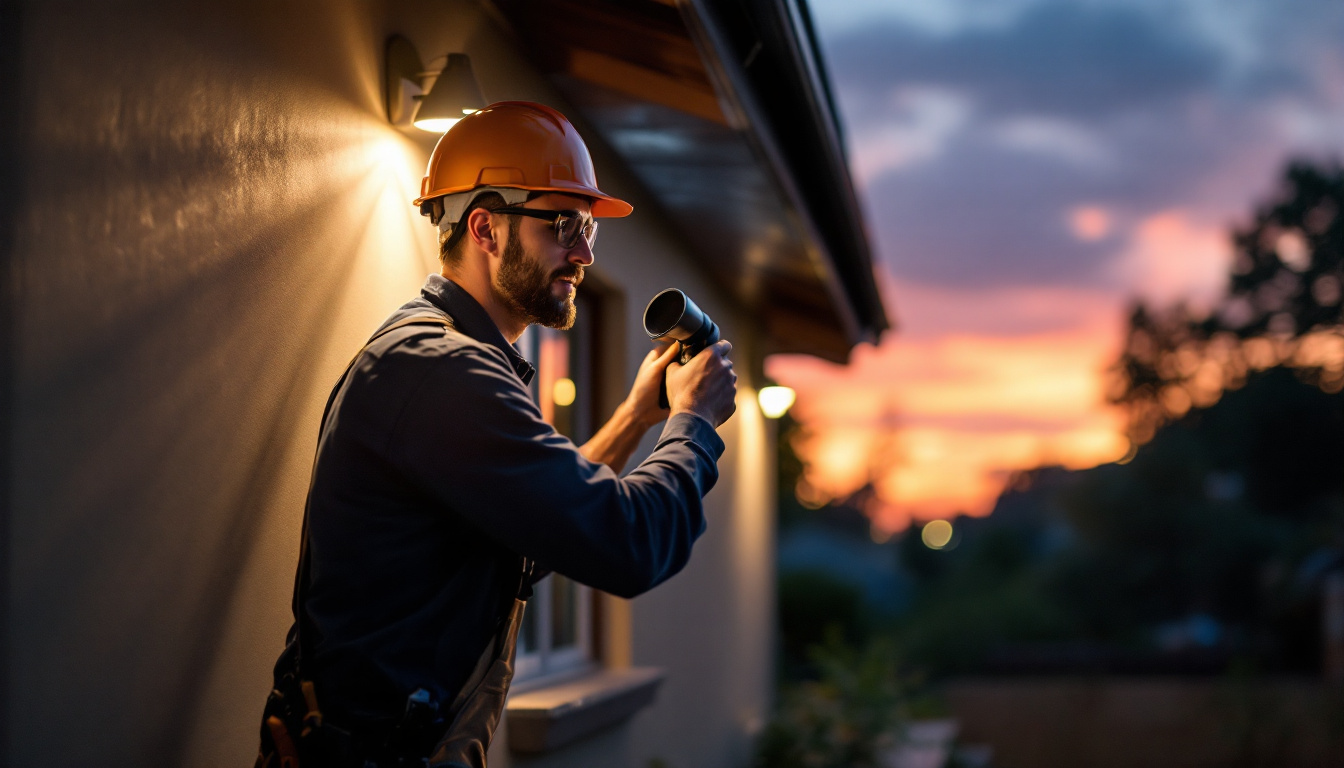
Discover how dusk to dawn exterior lights can transform your projects by enhancing efficiency and reducing energy costs.
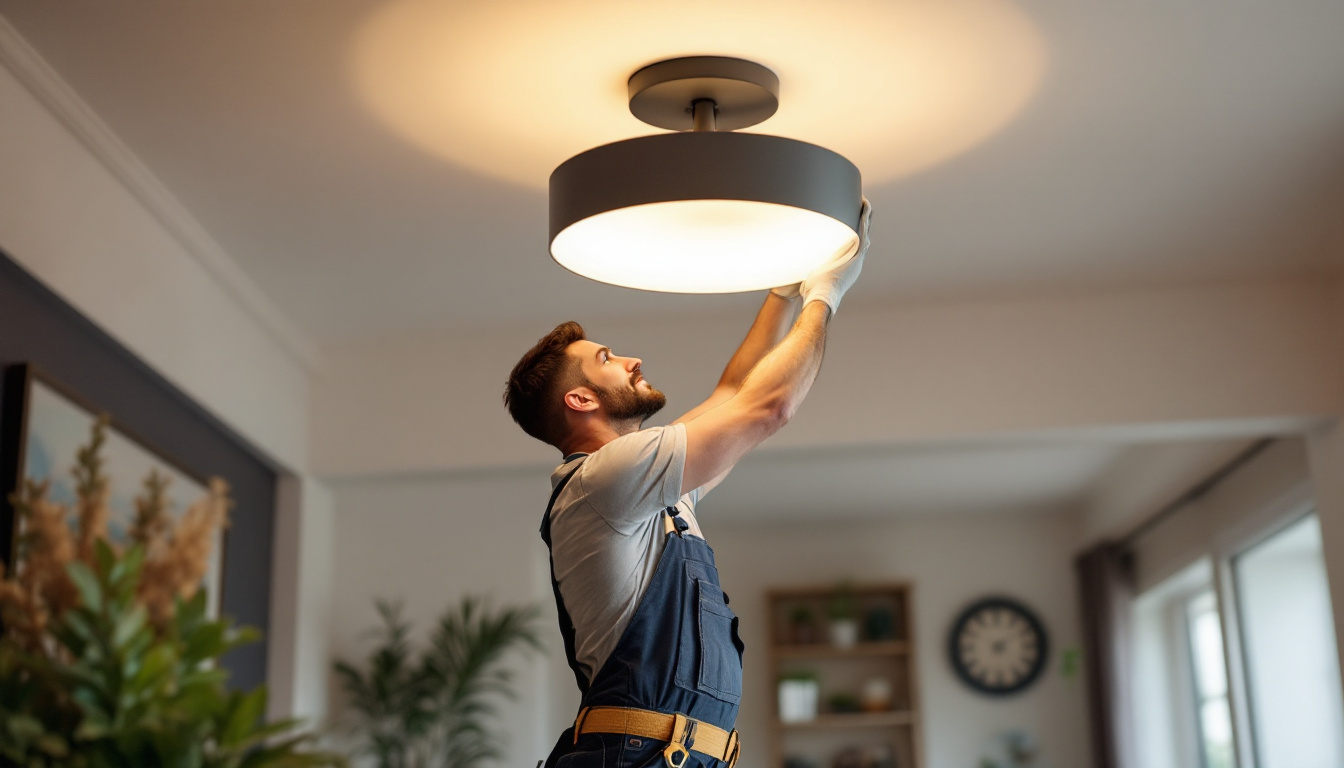
Discover how ceiling mount lights are transforming spaces with real-world success stories from lighting contractors.
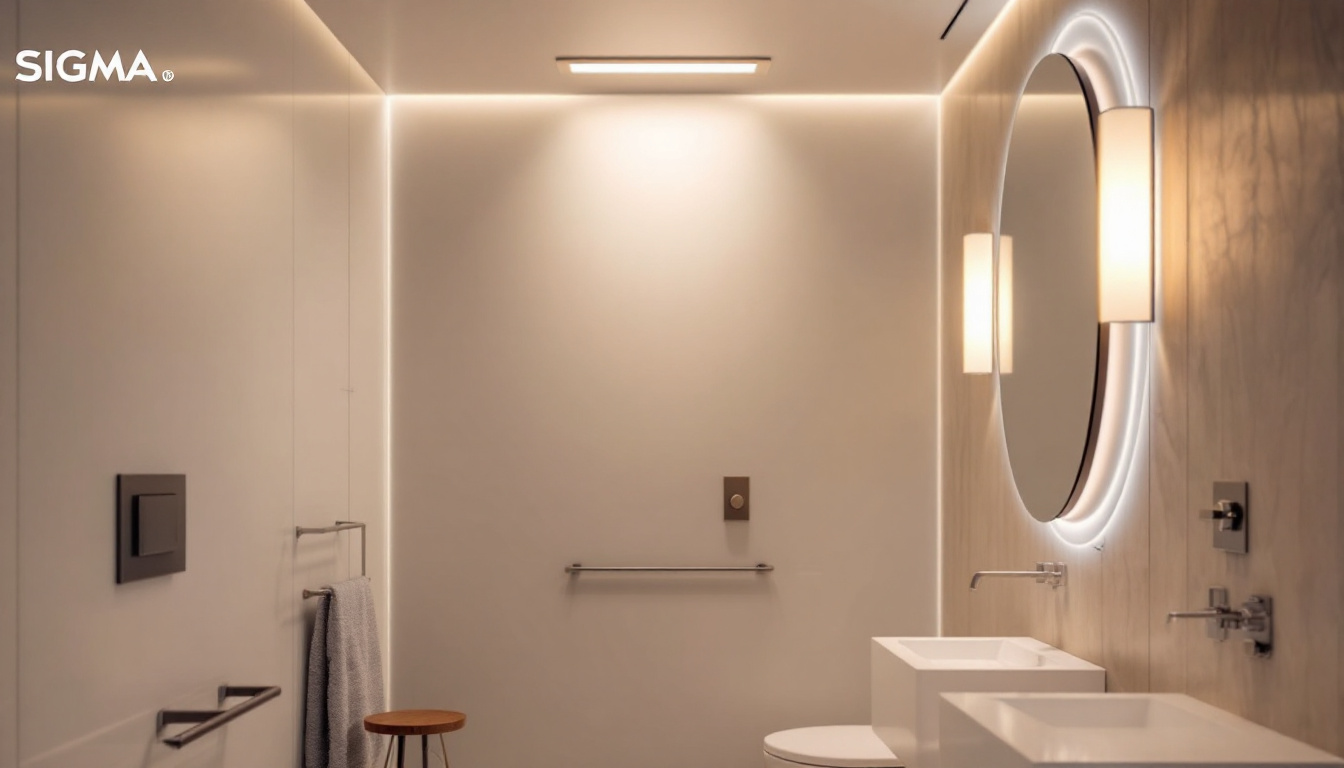
Discover essential tips and expert advice for lighting contractors on installing recessed shower lights.
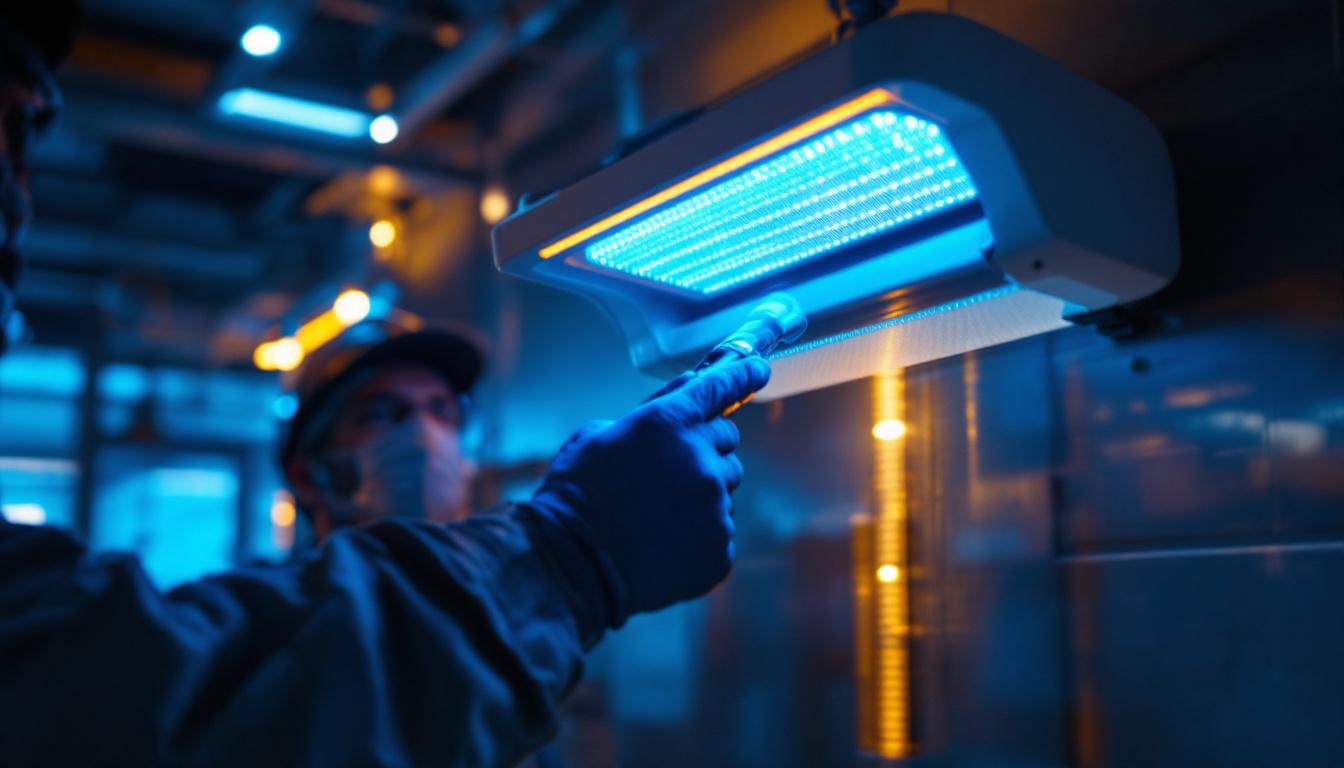
Discover the transformative role of UV treatment lamps in boosting safety across lighting installations.